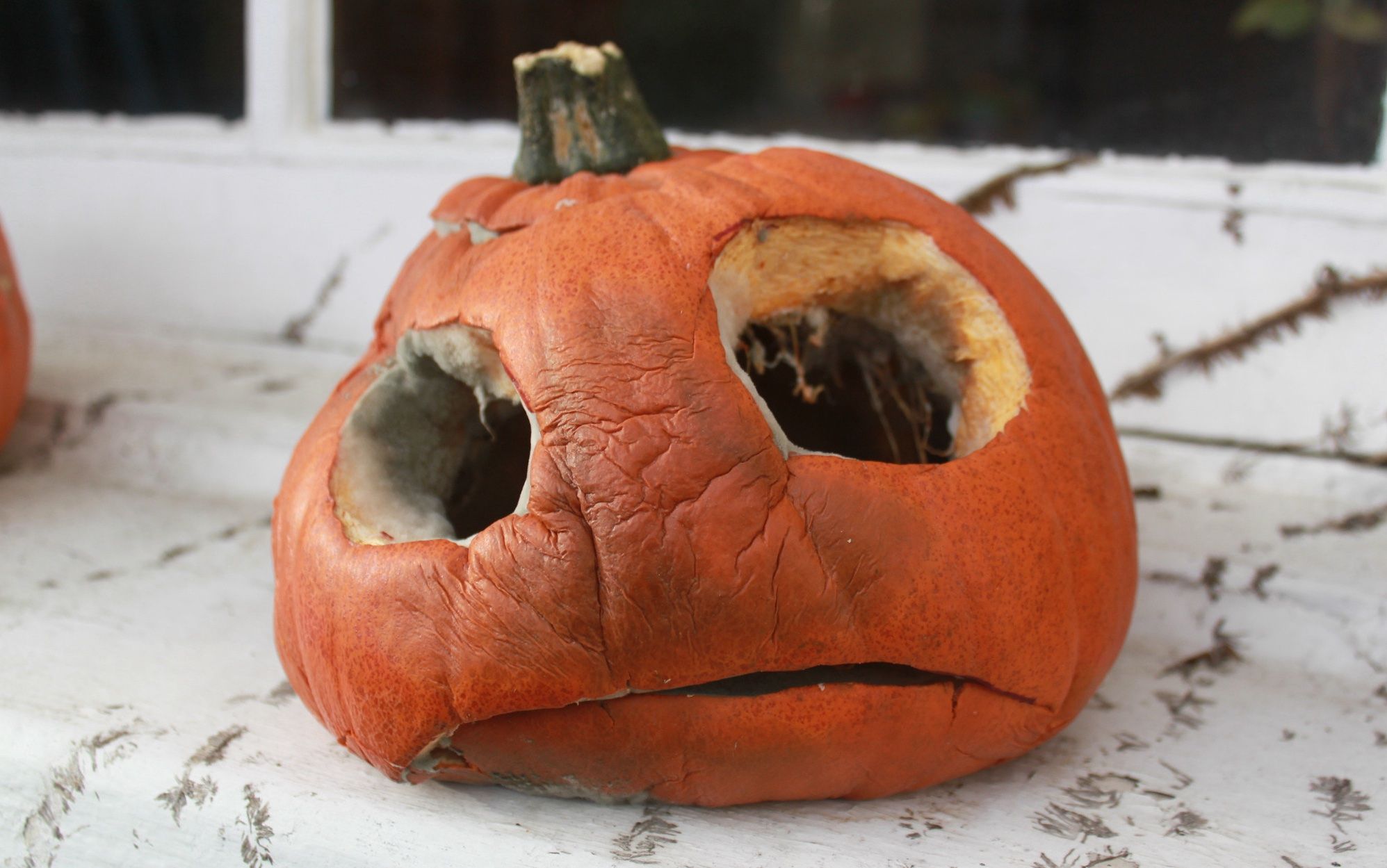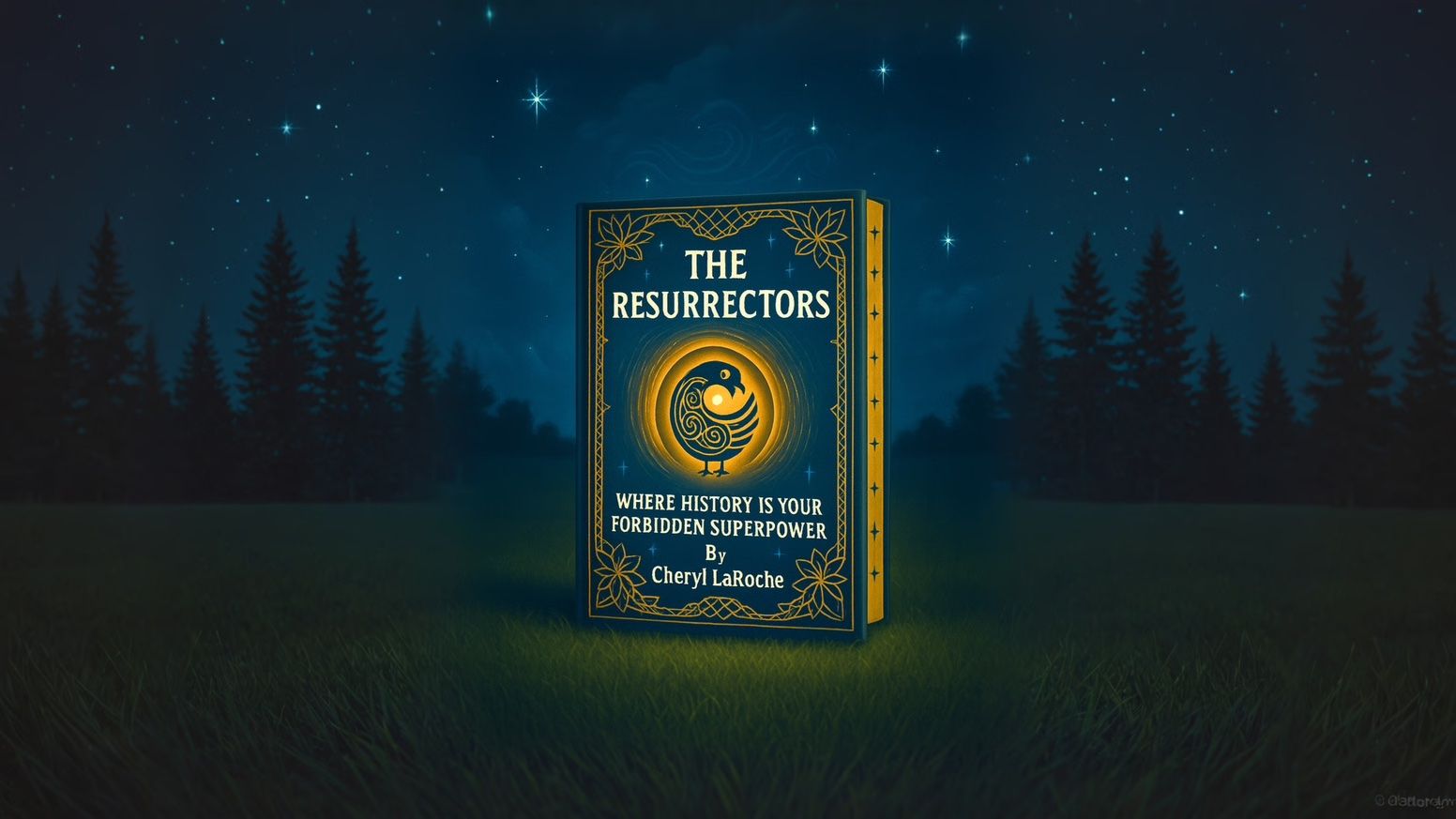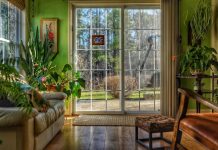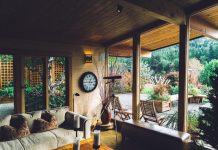This week: Making use of rotten pumpkins; dancing at the Filipino market; growing up on an Alameda shellmound, and reclaiming the past through kids’ books. Plus, SF Trans Film Festival, teen inventors, the art of falconry, capybara mania, and a serendipitous City Hall photo-op.
New water walkers
At the Sacramento Zoo, a first-time mother named Peppermint Patty just gave birth to five capybara pups — a small herd of damp, round newcomers already paddling around the zoo’s pond like seasoned pros. The keepers say the babies are walking, eating solid food, and keeping close to their patient mom. Capybaras, the world’s largest rodents, are built for both land and water, and these tiny swimmers are no exception — all fur, webbed feet, and curiosity.
Additionally, fans can also find a charming pair of capybara sisters at San Jose’s Happy Hollow Park & Zoo, who transferred from Texas through a species survival plan in 2022. Visitors can spot them lounging poolside or nibbling bamboo from Wednesday to Sunday. — FOX40 Sacramento, Bay City News
Flight school
In Yuba County’s Marysville, former West Marin resident Kate Marden runs West Coast Falconry, where guests can step into the old world of falconry — leather glove, hooded bird, and all. Her 14 raptors, from Harris hawks to Siberian eagle owls, live in mews designed for their health and temperament, tended daily with raw meat and steady hands. Marden, who founded the school in 2006, calls falconry a lifelong “virus” — a mix of obsession and devotion that asks you to love what might fly away.

Visitors can book lessons or walks through the surrounding oak forest, watching the birds swoop between gloves and trees. West Coast Falconry offers year-round public classes, private sessions, and apprentice programs. — Chico Enterprise-Record
Return to the earth
When the jack-o’-lantern grin fades, most pumpkins end up in the trash, releasing methane as they decompose in landfills. Yet every part of a pumpkin can serve another purpose — seeds can be roasted, flesh can be cooked, and leftovers can feed farm animals.

Even the soft, moldy ones can be composted to nourish the soil instead of adding to waste. Across the Bay Area, local farms and compost sites are ready to collect the post-Halloween orange tide, keeping it in the cycle of renewal. — Associated Press
Aisles of light
At Seafood City in Daly City, the fluorescent aisles have turned into a dance floor. What began as a playful idea from Vallejo-born DJ JP Breganza — spinning sets in grocery stores — has become an ongoing series of Filipino supermarket dance parties across the country.
Organized with the SF Kollective, the “Late Night Market Madness” events bring line dances, pancit, and barbecue to the aisles, where remixed love songs and disco hits spill out into the parking lot. The event’s Halloween and Filipino American History Month edition continues through Saturday night. — KQED
Through a different lens
The world’s longest-running trans film festival returns to San Francisco this month, bringing stories that stretch far beyond visibility — from animated dreams to intimate documentaries and sharp-edged comedies.
Each program draws on the experiences of trans and gender-nonconforming filmmakers, shaping cinema that reflects, questions, and reimagines identity in motion. Screenings run November 13–15 at the Roxie Theater, followed by a week of online programming through November 23. — San Francisco Transgender Film Festival
City Hall serendipity
Outside San Francisco City Hall, wedding photos turned into an unexpected brush with political history. Newlyweds Haley Drexler and Pilar Dizon, stars of Netflix’s The Ultimatum: Queer Love, spotted California Governor Gavin Newsom descending the steps and called out “Daddy Newsom,” just as ABC7 political reporter Monica Madden, who had finished an interview with the governor inside, happened to capture the moment.
Newsom paused for a photo, linking past and present: he famously defied marriage bans in 2004, and now he stood alongside a same-sex couple tying the knot two decades later. — KGO
Breath of possibility
Three Bay Area teens are testing a new way to detect lung cancer early, using a portable breath analyzer that reads chemical signals in exhaled air. The device, developed with a mix of biology, AI, and circuitry, recently showed 96% accuracy in trials with 46 patients in India.
Alongside the tech, the process has been a crash course in teamwork, patience, and problem-solving, from hospital coordination to hardware tweaks. The group hopes their low-cost prototype could one day reach clinics, giving patients earlier detection and a better shot at survival. — Patch
Time travel library
San Francisco-born historical archaeologist Dr. Cheryl LaRoche welcomes young readers to step into the past with her new series, The Resurrectors. Through vivid illustrations and time-traveling storylines, children can witness moments from America’s freedom struggles, from the oratory of Henry Highland Garnet to the courage of everyday Black heroes.

LaRoche’s Kickstarter campaign keeps the project independent and interactive, letting readers and educators engage directly with the books before they hit Amazon in early 2026. The series blends imaginative adventure with real history, offering a chance for kids to see themselves reflected in the figures who shaped the nation. — The Bay View
Shellmounds and shadows
Walking Alameda today, the layers of time are almost tangible. Beneath streets and houses, Muwekma Ohlone ancestors lie in shellmounds that have marked this land for over 10,000 years, quietly shaping the city long before anyone called it Alameda.

Gabriel Duncan, a Native two-spirit adopted at birth and raised in Alameda, threads together personal memory and archaeology — from a vertebra unearthed in a basement to the haunted echoes of childhood homes — through the Native History Project, which seeks to reclaim and share Indigenous histories. — Native History Project
Image: Sacramento Zoo
Previously: Field Notes: Filipino Tea Party, Candelabra Redwoods, Fog and Folklore, and Mezcal Lineage












